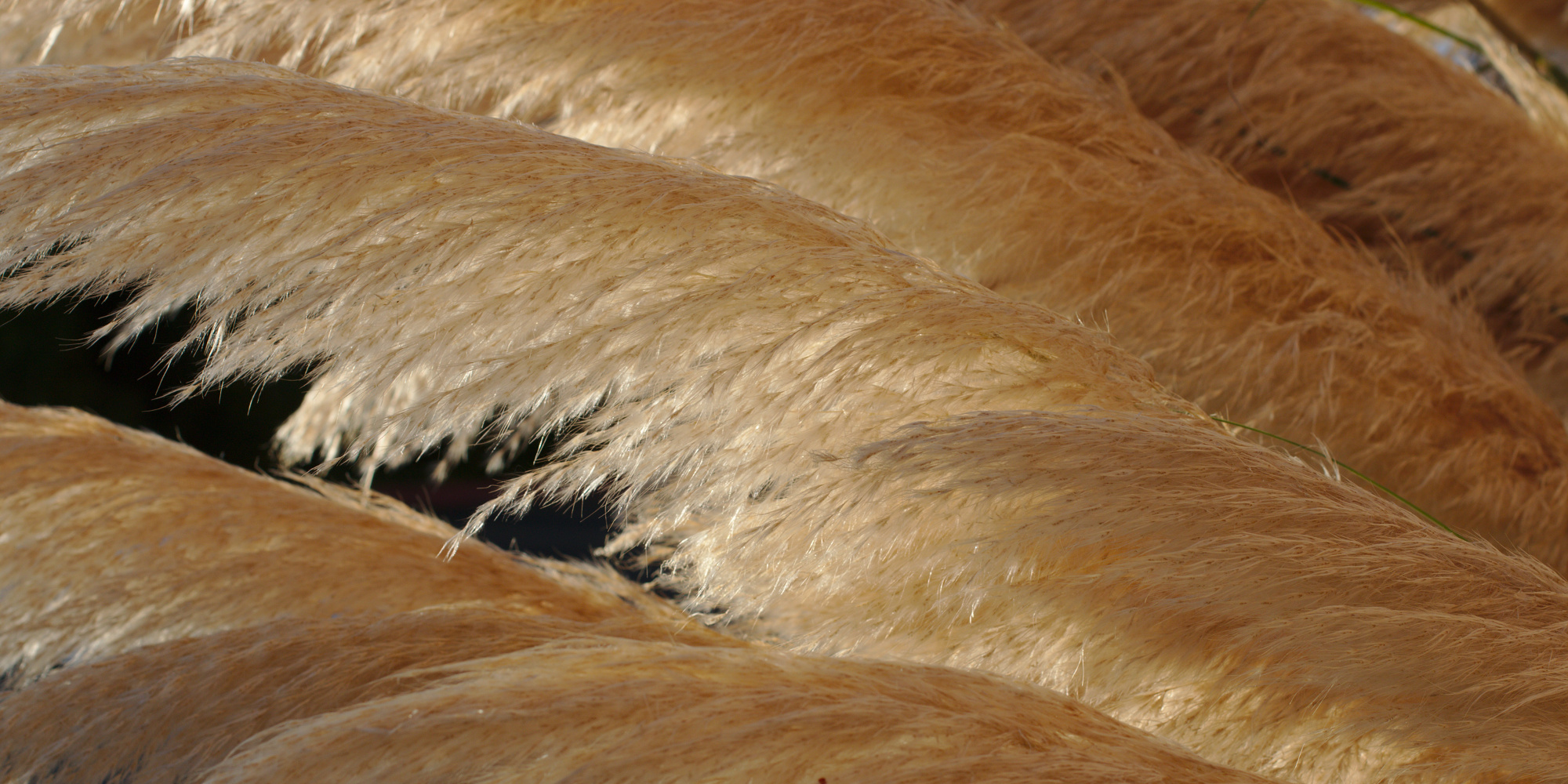I host puzzling.org on a Virtual Private Server at Linode. (What a Linode VPS is: a Linux server with its own public IP address that is sharing hardware with other servers. It works out as a cheap way to host a small to medium load Linux server with all that entails—root access, multiple users, webserver, whatever other processes you want to run—on a USA-fast connection with USA-cheap data transfer prices and someone else generally worrying about things like RAID and kernels for you.)
Linode is a generally good choice for a Linux VPS, as they have an immense amount of automation. Here are some of the things you can do without having to ask tech support for help: boot and reboot; install a distribution; re-install a distribution; create multiple ‘boot profiles’ with different distributions; create new disk partitions; and resize partitions.
One less good thing about them is that they keep in touch with their community mainly using their web forum and so, being a non-web forum kind of person, I miss a lot of their new features. So, some new features for my Linode using friends:
- a Finnix recovery image that doesn’t count towards your disk quota, with the usual recovery kind of features (ability to mount your filesystems and so on); and
- 100% more RAM and disk than a few months ago (this was, apparently, brought forward so that they’d be roughly competitive with Slicehost on resources, with the advantage of instant signups without a waiting list).
New customers get the upgraded resources automatically, existing customers will have to shut down their Linode, and may have to migrate it, login and check the migration queue for any pending migrations of your ‘node. (IP etc stays the same, since the resource-related migrations are always within a single datacentre.) Once the migration is complete, you have the new RAM automatically, but you will need to shut your Linode down again to re-size your disk images to take advantage of the new quota.
I found out about the Finnix image when I was trying to move /var to its own partition (this is pretty much impossible to do without either a recovery image or at least the ability to boot into single user mode). It would have made recovering from accidently removing ubuntu-minimal and its dependencies the other day (/bin/init was removed) a lot easier if I’d known about it then.
